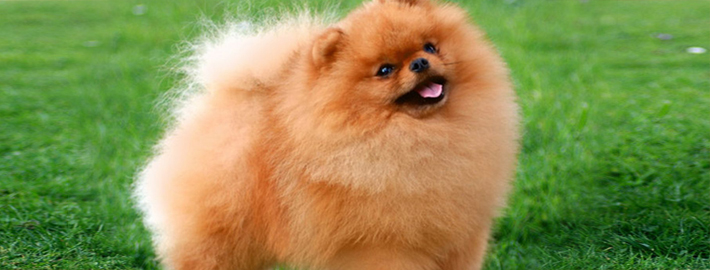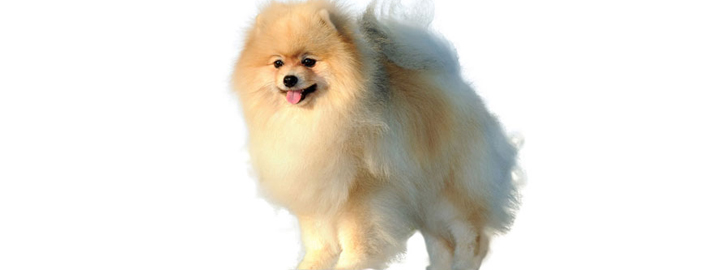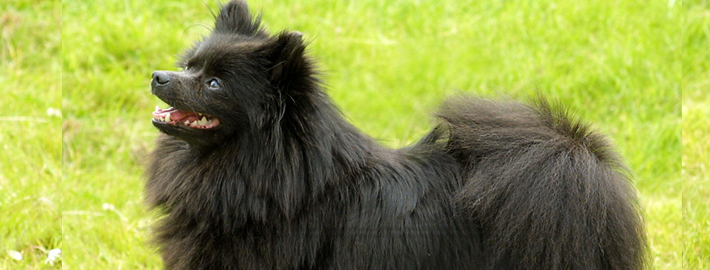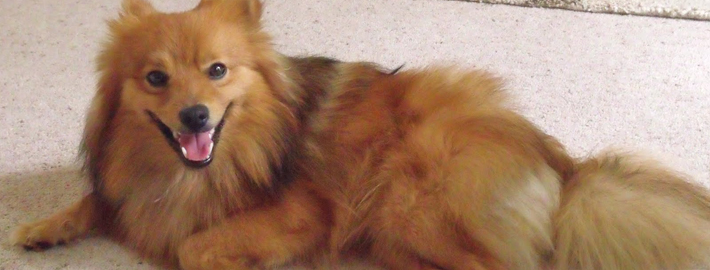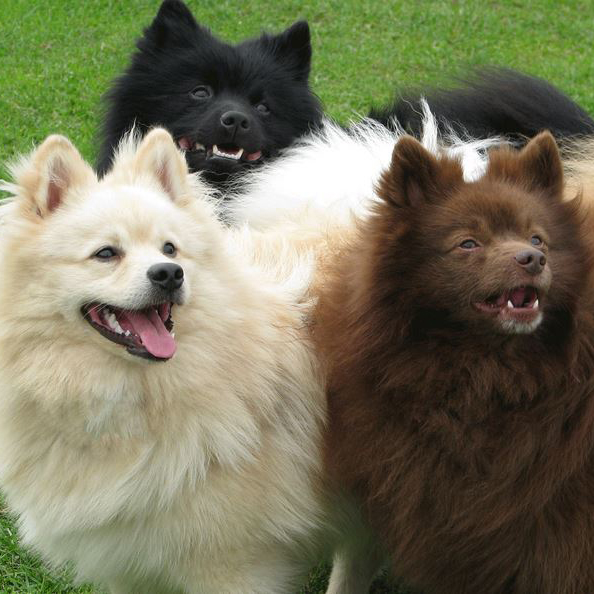What makes the German Spitz Unique?
The German Spitz as an intelligent, busy and curious dog breed, is lovably independent. But it craves attention and playtime, sometimes responding by standing on its hind legs and barking happily.
Since there is no one German Spitz breed type, “German Spitz” can also be considered a subtype of the Spitz. Dogs descended or bred from various German Spitze are included in this grouping.
Breed Groups
Page Contents
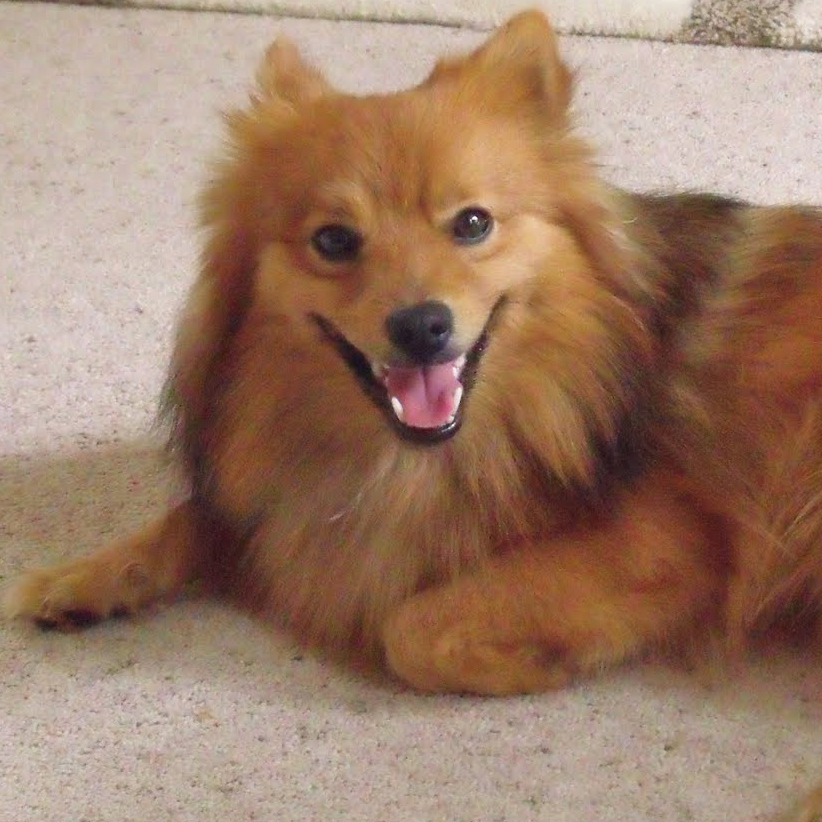
SnapShot
| Size: | Males – 18 to 55 cm (7 to 22 inches) depending on variety Females – 18 to 55 cm (7 to 22 inches) depending on variety |
| Weight: | Males – 3 to 20 kg (7 to 44 pounds) depending on variety Females – 3 to 20 kg (7 to 44 pounds) depending on variety |
| Origin: | Germany |
| Life Span: | 13 – 15 Years |
| Colour: | Black, Brown, Orange, Wolf gray and White |
| Litter Size: | Depends on the variety |
Is the German Spitz Right For You?
In 5 Words
- Lively
- Devoted
- Trainable
- Attentive
- Robust
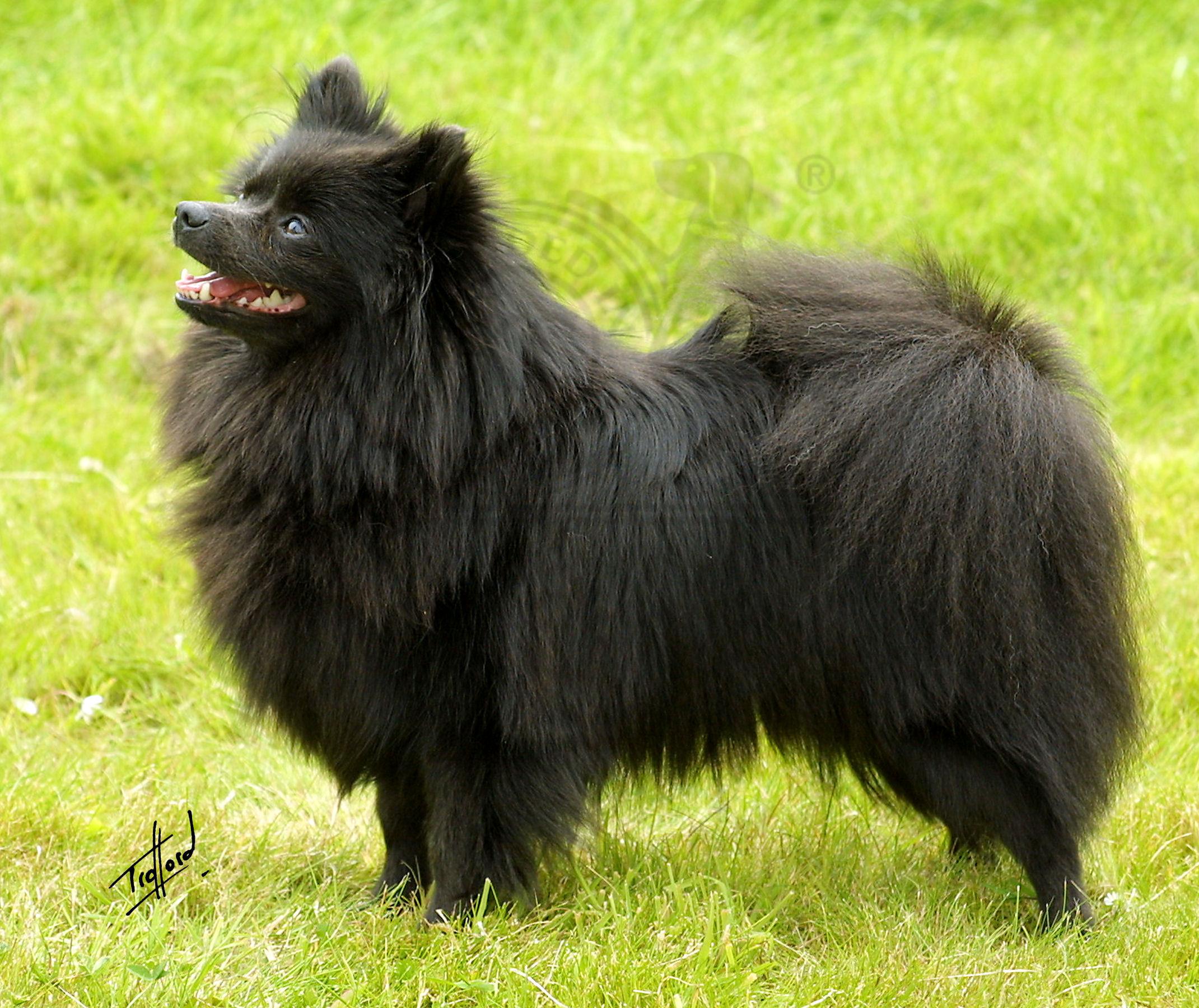
Characteristics
Learn About the German Spitz
Description
General Description
German Spitz are similar in appearance but vary in colour. The German Spitz is usually Black, Gold/Cream and black or White-ish, but the Standard, Small and Dwarf can have various colour combinations as well. All German Spitzen have a wolf/fox-like head, double coat, highset triangular ears and a tail that is curled over the back. Although the Kleinspitz and the Pomeranian look alike, they are not the same dog. Also, although the American Eskimo Dog and Japanese Spitz look almost alike, they are in fact two different breeds with different lineages and breed histories.
Short History of the German Spitz
German Spitz, like all spitzen, have many physical features found in oldest stone age fossil dogs in Central Europe, leading experts at the time to believe that the spitz is the oldest dog type. However, modern genetic evidence places them in a much more recent lineage, dating the Wolfsspitz-type to the 1800s.[2] The German Spitz was later brought to America, and was renamed American Eskimo Dog due to the widespread anti-German sentiment during World War I, although other breeds (“White Keeshonds” and Pomeranians, along with Japanese Spitz) were also used in the formation of the breed. The American Kennel club recognizes the breeds as separate.
Temperament
Happy, alert, watchful and buoyant, German Spitzes make good watchdogs. They are excellent jumpers and love to stand on their hind legs. They enjoy a lot of human attention, and are very happy to please. Teach this dog early that it may bark a couple of times when the doorbell rings or when there are visitors, but then to keep quiet. Be very consistent about this. They are alert, curious and very busy. They must be taught that the owner is the boss, or they will not listen. This breed may become too demanding if the owner allows it. If you do not show this dog all humans are pack leader to him, he will not be trustworthy with children. They may become nervous and snappish toward them.
Caring for Your German Spitz
General Health
In general German Spitz of both sizes are happy healthy and quite long lived dogs. Three major health problems have been experienced by owners:
1. Fitting of various types, both severe and minimal including diagnosed idiopathic epilepsy.
2. Various eye problems including RD MRD and PPM.
3. Patella Luxation (slipping stifle).
Grooming & Bathing
Regular brushing is needed to prevent matting. Some Spitzes do not like to be groomed and you have to teach them to stay for you during the grooming session.
Exercise & Training
This breed needs to be taken on a daily walk or jog. They will happily company their owners on a 20-mile walk or one mile daily walk.

